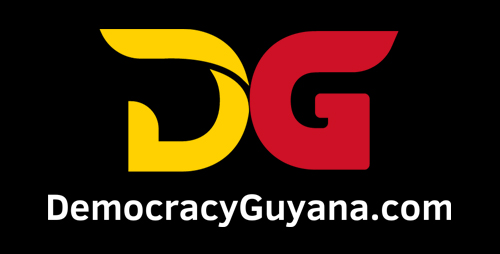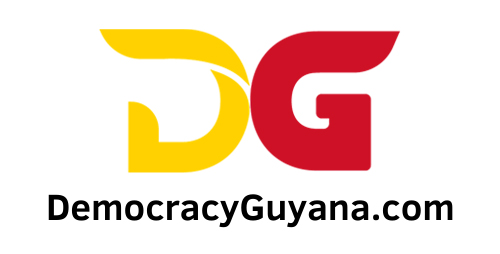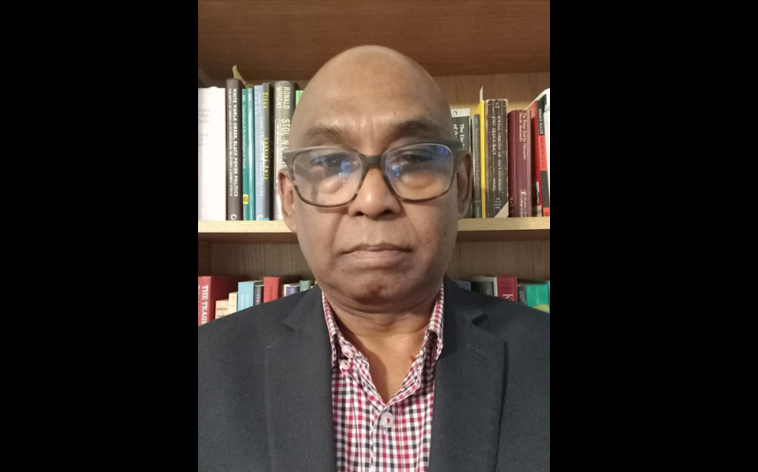Upward social mobility is an integral aspect of human development. In societies such as Guyana, the surest way to ascend the socio-economic ladder and to lay the foundations for a productive life is through education and training. Political parties, of course, are in the business of making promises. Yet, we know from experience, that promises are more easily made than kept. In the case of Guyana, the APNU-AFC are the champions of broken promises. Their accomplishments in education during their last term in office pales in comparison to those of the current PPP/C government.
Let us focus on the promises and results in the area of education under the PPP/C. Assessments in other issue areas will be done in follow-up articles.
From 2020 to 2025, the PPP/C government invested over $608 billion in education, compared to the $209 billion spent by the APNU-AFC during the 2015-2019 term in office.
The PPP promised to invest heavily in primary, secondary and tertiary level education, with significant emphasis on infrastructure, training, support, and services. In terms of infrastructure, 25,000 new school spaces nationwide were created; 59 new nursery schools, 24 new primary schools, and 26 new secondary schools were constructed; 30 schools were reconstructed, and 85 schools have been renovated or extended.
Thirty-six billion dollars has been allocated in 2025 to build another 26 nursery, 9 primary and 20 secondary schools.
The Because We Care Cash Grant which was begun under the PPP/C in 2014 but eliminated by the APNU-AFC in 2014-2020 was reinstated. It now stands at $50,000, plus $5,000 for school uniforms. That is $55,000 for 205,000 students.
We know that children cannot learn if they are hungry. Accordingly, the PPP/C government commenced the National School Feeding Programme. When the PPP took office in August 2020, only 26,778 children were receiving hot meals. That number now stands at 37,000 children, a 38% increase. In 2022, a National Breakfast Programme began for Grade 6. The Programme has been extended to students from grades 3 to 6 at all primary schools in Regions 2, 3, 4, 5, 6, 10 and Georgetown.
Textbooks are expensive, and because of that the government has expended over $8 billion since taking office, with another $2 billion slated for 2025.
The PPP 2020 Election Manifesto promised free tertiary education. That is now a reality. UG students and government-supported technical and vocational institutions have been freed from tuition costs, and other ancillary fees. This abolition of fees has resulted in an investment of over $13 billion to the University of Guyana in 2025.
Between 2020 and 2025, the PPP/C expanded access to teacher training through the Cyril Potter College of Education (CPCE). Teachers from all regions now have the benefit of attaining professional certification through online instruction. The tally of trained teachers has jumped from 7,921 in 2020 to 12,876 in 2024, with another 1,400 slated to graduate this year.
In another bold step to removing barriers to educational achievement, Free CXC Examinations for All Students is now a reality with the removal of fees for CSEC and CAPE for up to eight subjects in both public and private schools. No longer will cost stand in the way of a student sitting their exams. This initiative will benefit over 13,000 secondary school students.
Everyone in this country must know that to date, the Guyana Online Academy of Learning (GOAL) program has awarded a total of 29,758 scholarships to Guyanese citizens. Few, if any country in the world can claim to match this record.
In the area of Technical and Vocational Education and Training (TVET), tremendous strides have been made. There is now TVET access to 74 Secondary Schools with PICs/PIDs (Practical Instruction Departments (PIDs) in each educational district to offer the CVQ (Caribbean Vocational Qualification) level one programme.
Six new state-of-the-art TVET facilities in regions 1, 3, 4, 5, 7 and 9 were rehabilated/retrofitted/refurbished/constructed, to offer quality TVET to every single Guyanese who are desirous of acquiring a skill.
Keep in mind that scores of achievements have been built through government-private sector partnerships. Think for instance of the Oil & Gas Training Centre (ODITC) at Lusignan. The facility has trained 4,000 technicians in search & rescue, crane operation for the FPSOs, high-pressure jointing, welding, firefighting, metal fabrication, and oil & gas safety, among other areas.
The Facility Simulator at Tain is an Exxon-GoG project. The FACTOR (as it is called) is a replica of an FPSO where students are trained as mechanical, electrical, production, and cargo technicians, instrumentation, and other skills relevant to off-shore oil & gas operations. The first batch of students graduated last year; the second batch is well on its way to doing the same. They all get high-paying jobs, guaranteed.
There is a clear and verifiable record of achievements in the educational sector under the PPP/C administration since August 2020. Promises have not only been kept; every promise has been surpassed. The people of Guyana are more highly trained and educated than they were a mere five years ago.
Education and training – leading Guyana to a new era of development.





